Germany PMI Manufacturing was finalized at 57.4 in December, unchanged from November’s level, lowest since January. Markit said output growth ticked up as incidence of lengthening input lead times fell. Input costs and output prices rose sharply, but rates of inflation eased. Faster rise in employment as business expectations strengthened slightly.
Phil Smith, Associate Economics Director at IHS Markit, said:
“After a promising start to 2021, the German manufacturing sector’s performance faded as the year went on as unprecedented supply chain constraints took their toll. However, although growth in December was only modest with supply shortages still an issue, the survey’s output index has now ticked up in each of the last two months, to offer some hope that the final quarter of 2021 can be a turning point from which growth starts to pick up as we move through 2022.
“Buoyed by full order books, German manufacturers are confident about growth prospects in the coming year, though much still depends on an improvement in the supply situation.
“Latest data provided some signs of encouragement, as expectations improved, the incidence of lengthening lead times eased to an 11-month low, and firms were able to rapidly build up stocks of inputs. Nevertheless, supply chains remain under intense pressure by historical standards, and there’s still a risk of fresh disruption as a result of flare-ups in the pandemic.”
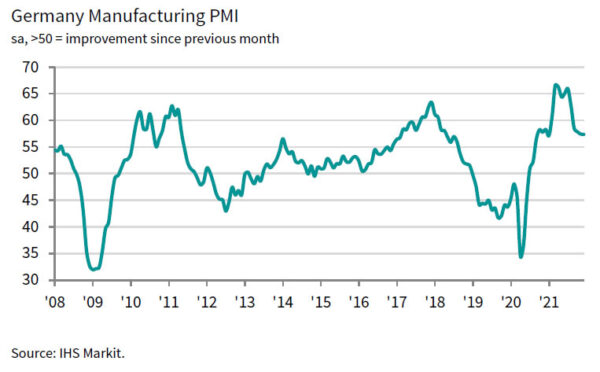
Full release here.




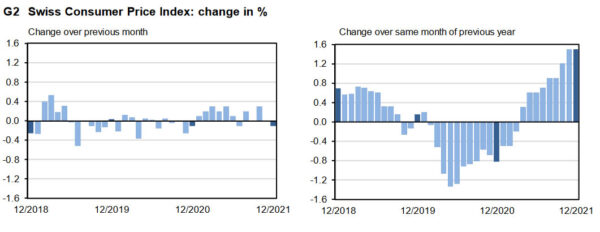
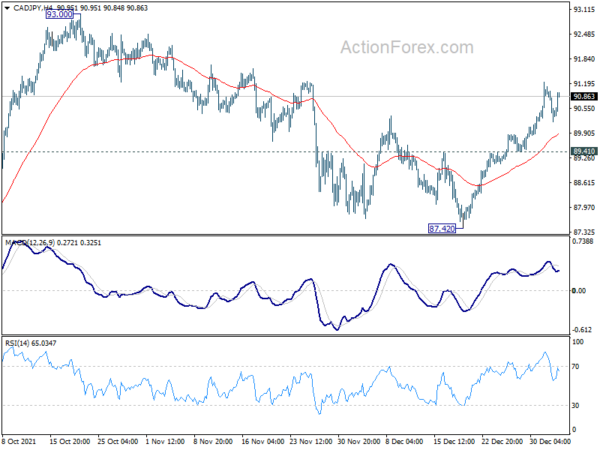
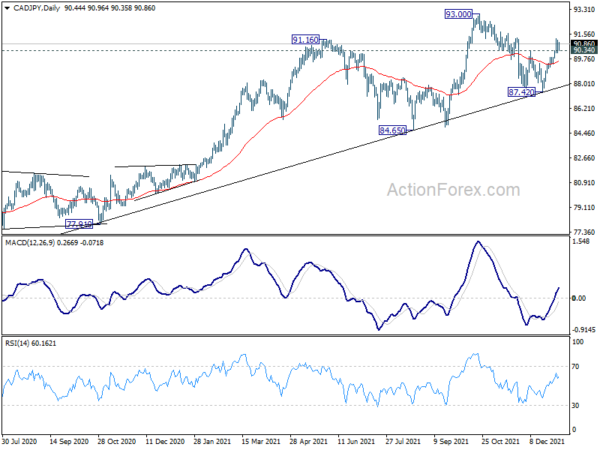
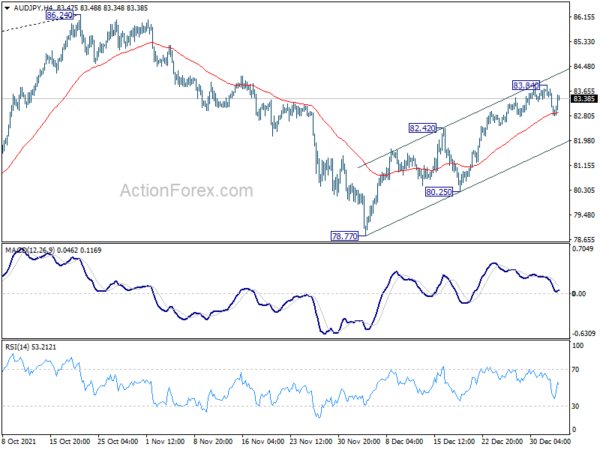
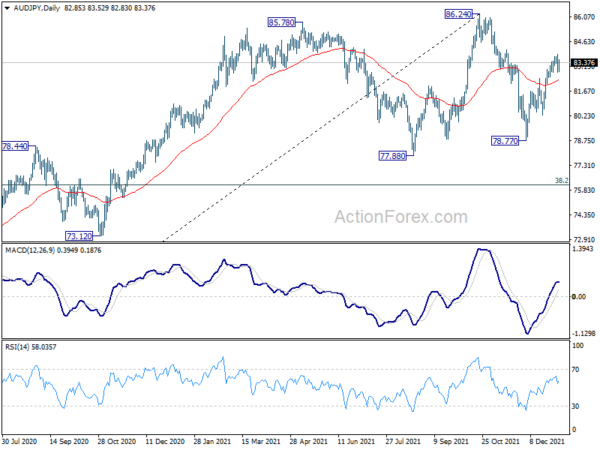
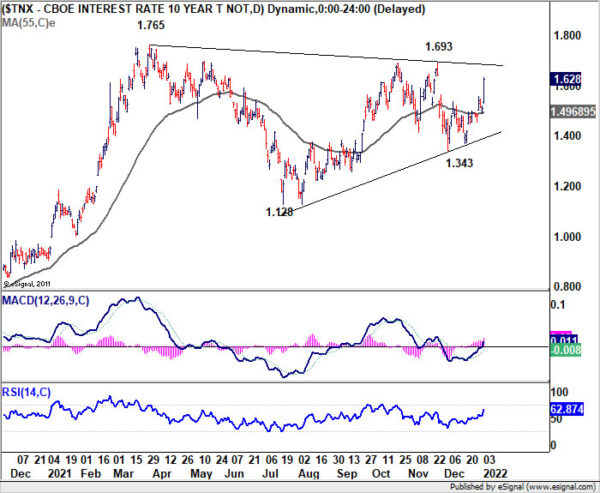
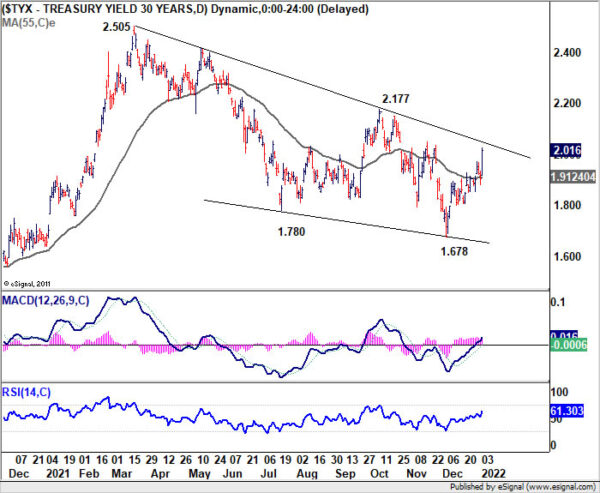
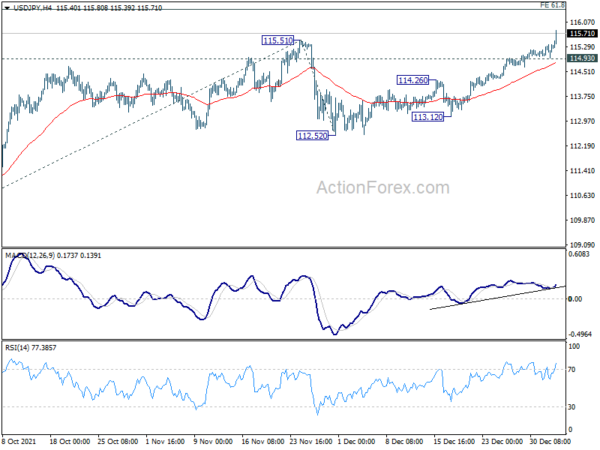
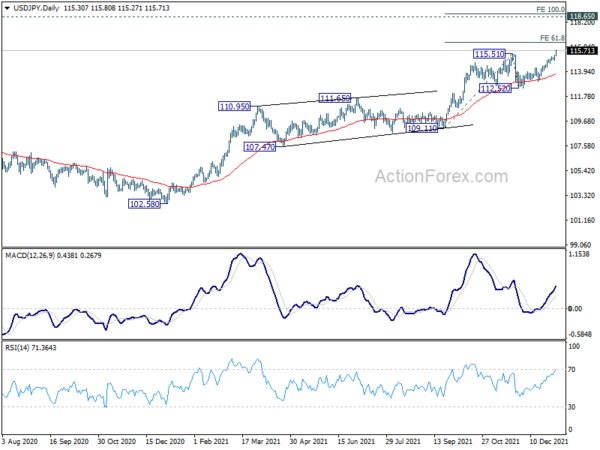
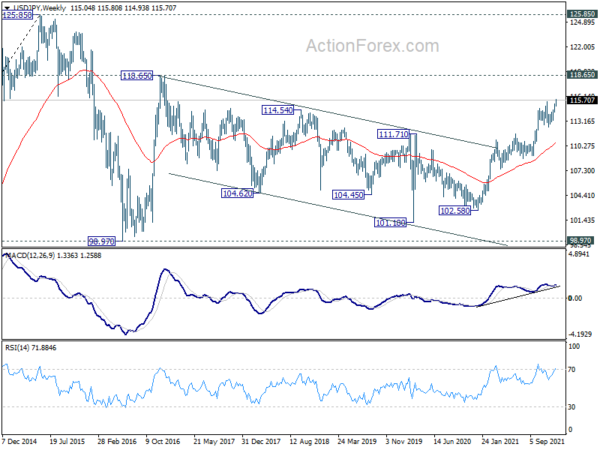
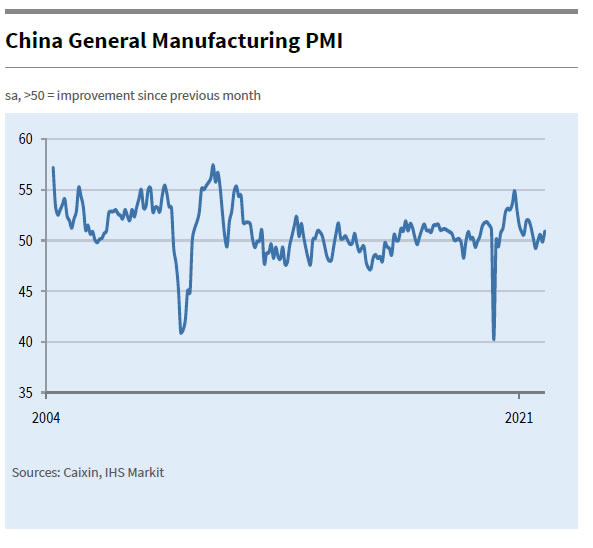
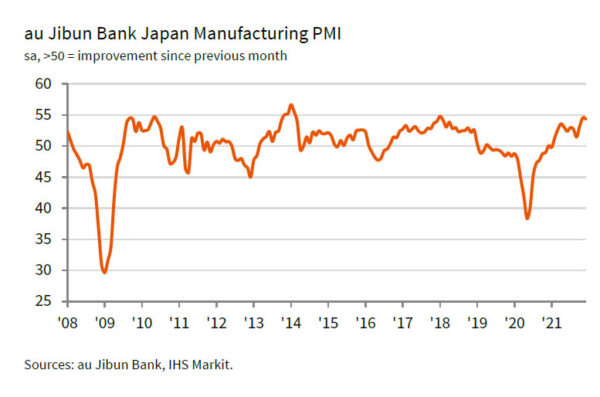
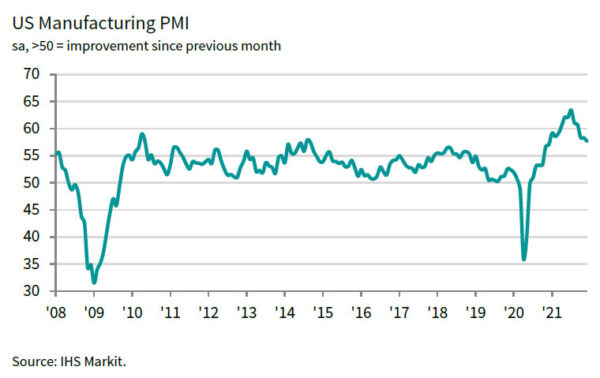
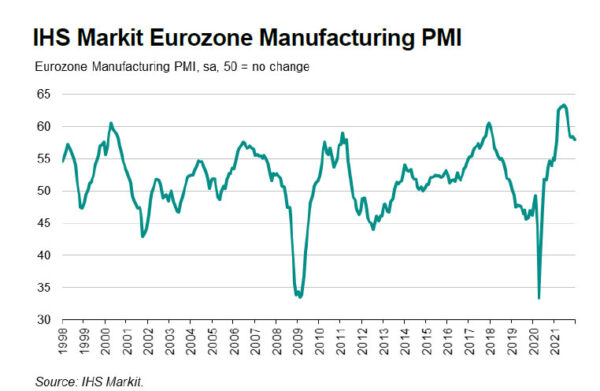
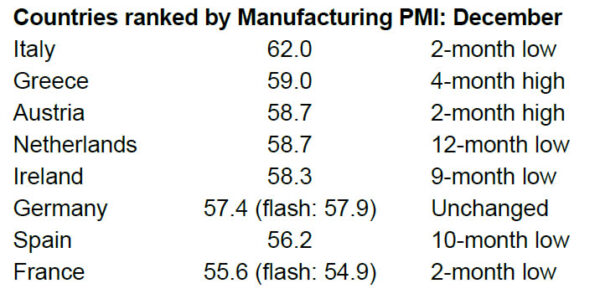

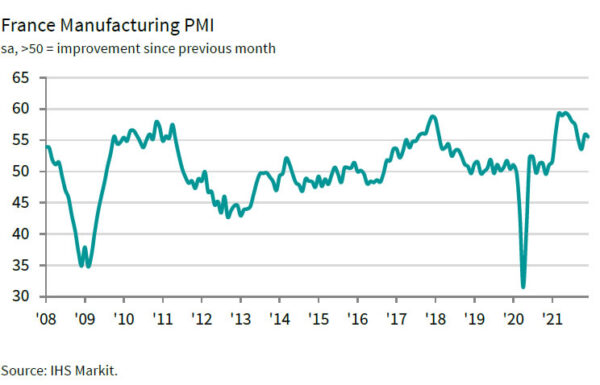
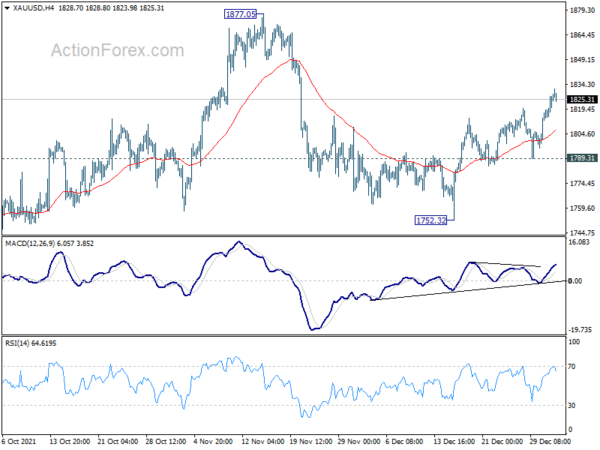
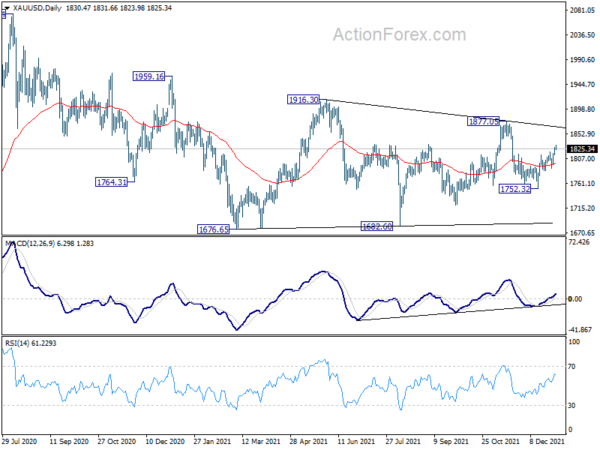
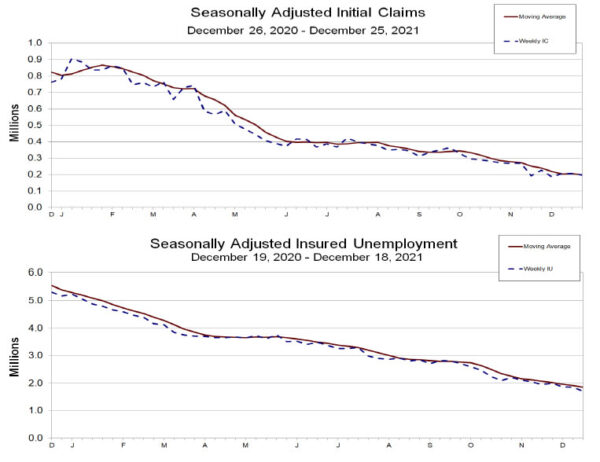
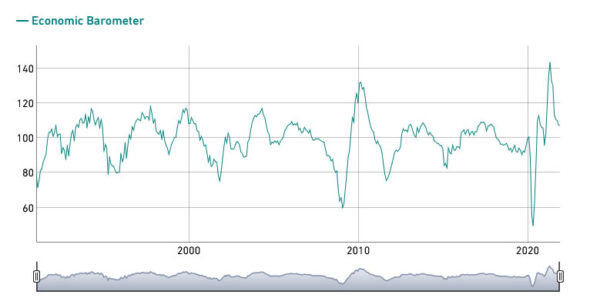
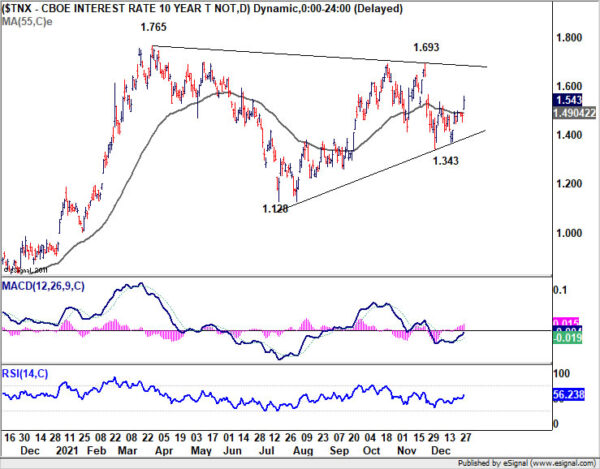
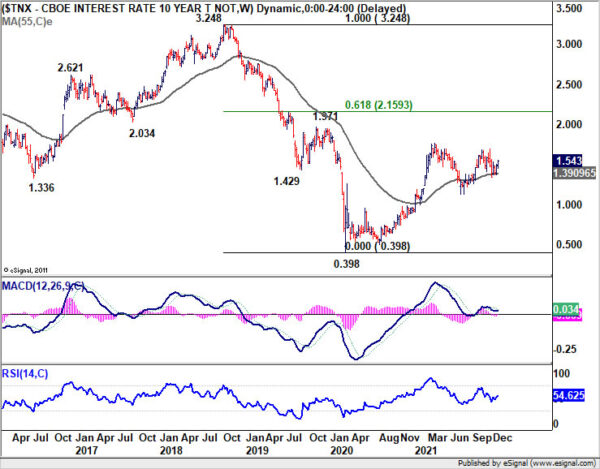
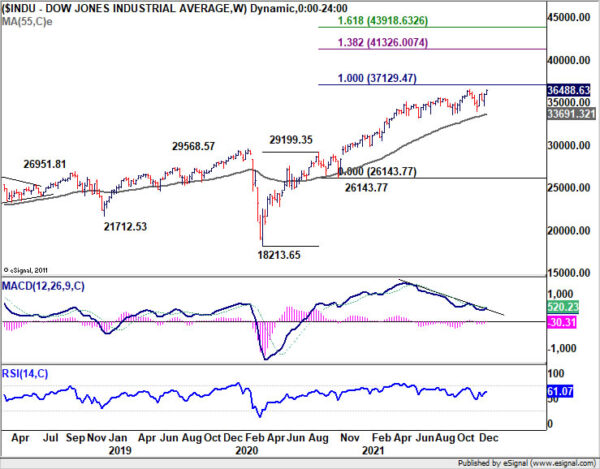
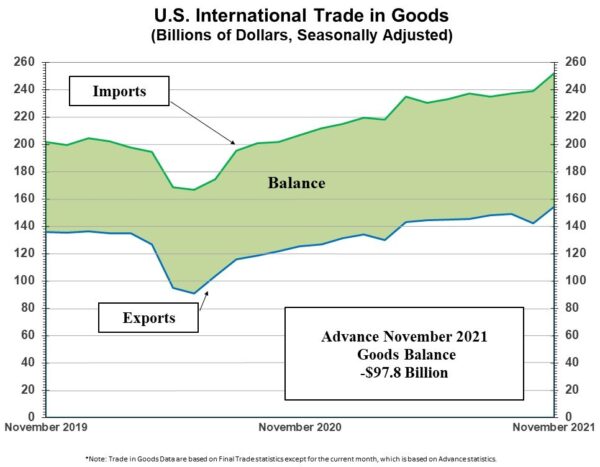
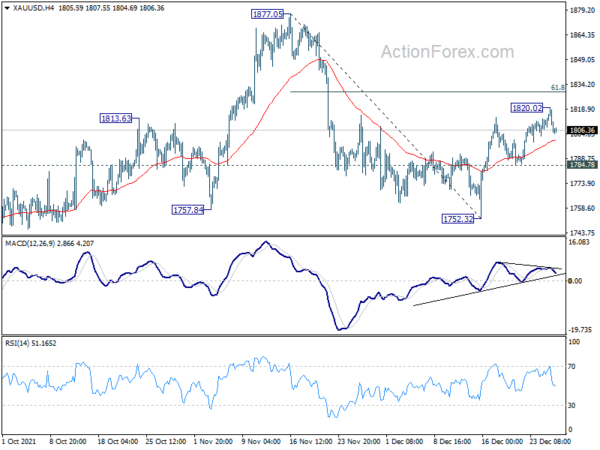
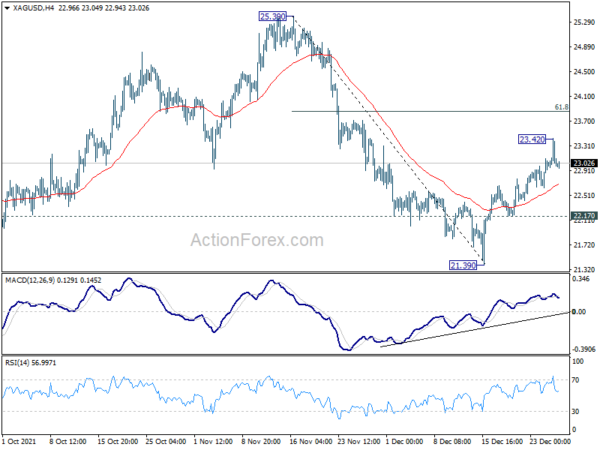
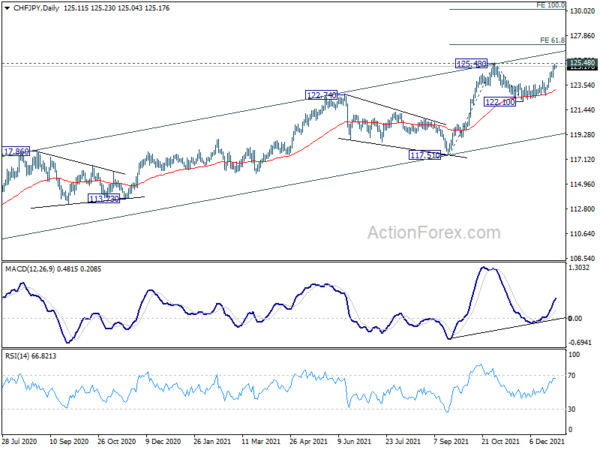
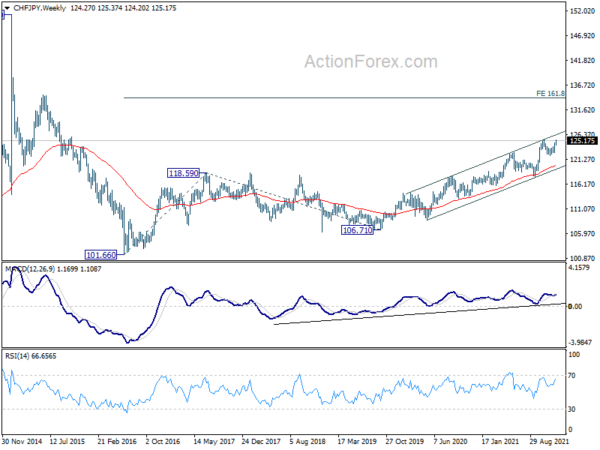

UK PMI manufacturing finalized at 57.9, upturn remains subdued
UK PMI Manufacturing was finalized at 57.9 in December, down slightly from November’s 58.1. The index has now remained above neutral 50 mark for 19 straight months. Markit noted that output, new orders and employment all rose. New export orders fell for the fourth month running. Selling price inflation hit fresh record high.
Rob Dobson, Director at IHS Markit, said: “While the uptick in growth is a positive step, the upturn remains subdued compared to the middle of the year, as supply chain constraints and weak export performance constrained attempts to raise production further. Manufacturers indicated that logistic issues, Brexit difficulties and the possibility of further COVID restrictions (at home and overseas) had all hit export demand at the end of the year.”
Full release here.